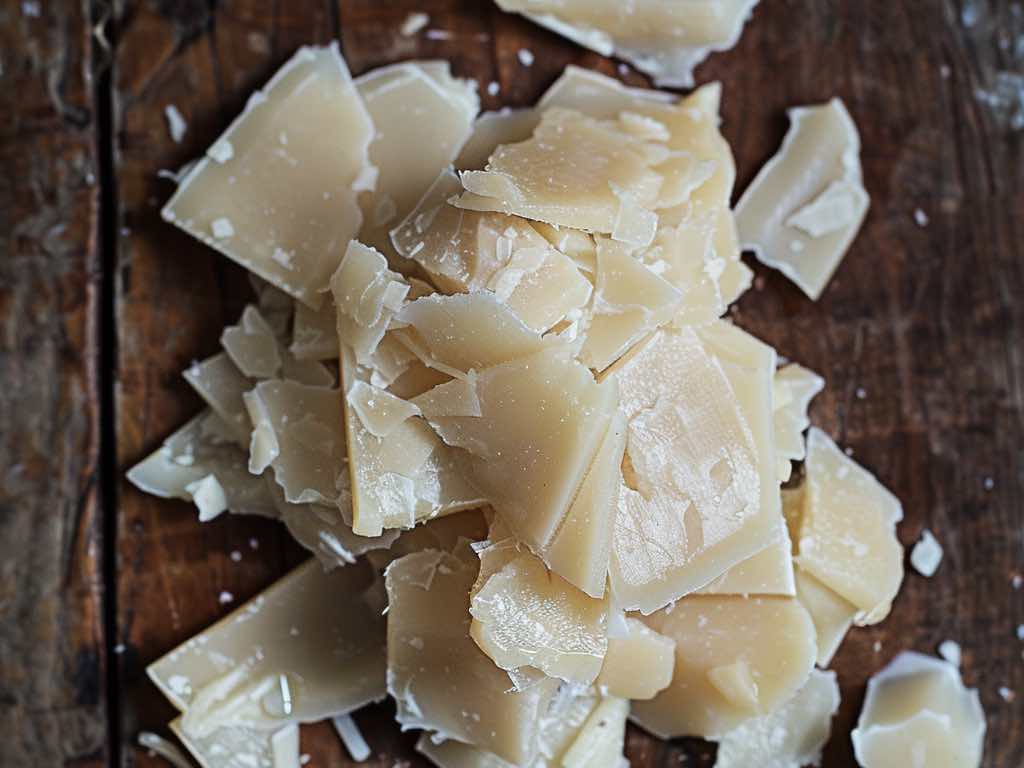
Unveiling the Flavorful World of Mutton Fat: A Culinary Delight
|
|
Time to read 4 min
Welcome to One Stop Halal!
Written by: Najma A.
|
|
Time to read 4 min
Few ingredients possess the richness and depth of flavor quite like mutton fat. Often overshadowed by its more famous counterparts like butter or olive oil, mutton fat is a hidden gem waiting to be discovered and celebrated. From its historical significance to its versatile uses in contemporary cuisine, mutton fat deserves a spotlight.
One of the most notable characteristics of mutton fat is its ability to infuse dishes with a rich, savory flavor. Whether used as a cooking medium or added to stews and braises, it lends a depth of taste that is unmatched by other fats.
Mutton fat contains a high concentration of natural fats, which helps to tenderize meats during cooking. When used in marinades or as a basting liquid, mutton fat can transform tough cuts of meat into succulent, melt-in-your-mouth delicacies.
From roasting and frying to sautéing and grilling, sheep fat can be used in various cooking methods. Its high smoke point makes it ideal for high-temperature cooking, while its rich flavor profile enhances everything from vegetables to grains.
In many cultures, mutton-fat holds deep cultural significance and is used in traditional dishes passed down through generations. From Indian curries to Middle Eastern kebabs, it adds an authentic touch to beloved recipes.
Mutton fat, often overlooked in favor of more conventional cooking fats, is cherished in global cuisine. Its rich flavor and versatile nature have made it an integral part of traditional dishes across cultures. Let's embark on a flavorful journey through some of the world's most beloved culinary creations, all enhanced by the magic of fat goat.
In Morocco, it is central in preparing tagines, slow-cooked stews bursting with vibrant flavors. Whether lamb, beef, or chicken, mutton fat enriches the dish with its buttery undertones, infusing every bite with warmth and depth. Combined with an array of spices, dried fruits, and preserved lemons, Moroccan tagines showcase the artistry of North African cuisine.
Turkish cuisine is renowned for its succulent kebabs, where it is crucial. Marinated in a blend of herbs, spices, and mutton fat, skewered meats are grilled to perfection over open flames, resulting in tender, aromatic delicacies. Served with fluffy rice, tangy yogurt, and fresh vegetables, Turkish kebabs offer a compelling blend of flavors and textures.
In India, it adds an indulgent touch to classic curries like Rogan Josh and Bhuna Gosht. Slow-cooked with aromatic spices, onions, and tomatoes, mutton fat imparts a rich, velvety texture to the sauce, enveloping tender pieces of meat in a symphony of flavors. Paired with fluffy naan bread or fragrant basmati rice, Indian curries showcase the exquisite marriage of mutton fat and spice.
Across the Middle East, mutton fat is cherished for elevating traditional dishes like Mansaf and Kibbeh. Whether simmered in savory broths or used to bind ingredients in savory pastries, mutton fat adds depth and richness to every bite. Combined with ingredients like yogurt, tahini, and sumac, Middle Eastern cuisine celebrates the versatility of mutton fat in creating unforgettable culinary experiences.
In conclusion, mutton fat is a culinary treasure that transcends borders and unites cultures through the shared love of good food. From Morocco's aromatic spices to India's fiery curries, mutton fat enriches dishes with its distinctive flavor and luxurious texture, inviting diners on a global gastronomic adventure.
Welcome to the Home of Halal Lamb. We carry various lamb cuts that are hard to find elsewhere. We deliver to your doorstep anywhere in the United States within 1-2 business days.
In conclusion, mutton fat is a culinary powerhouse that deserves a place of honor in kitchens worldwide. From its rich history and cultural significance to its unmatched flavor and nutritional benefits, mutton fat offers a tantalizing glimpse into global cuisine's diverse and delicious world. Whether used to tenderize meats, enhance flavors, or elevate traditional dishes, mutton fat is a true culinary gem waiting to be explored and enjoyed. So, the next time you're in the kitchen, consider adding a touch of it to your culinary creations—you won't be disappointed.

© 2025 One Stop Halal, Inc.